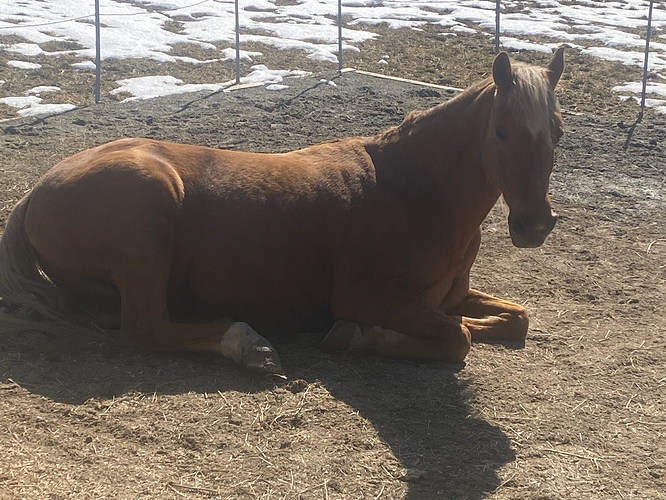So I was asked to watch this video, and I did, 5 times. I am, according to this video, a fool because it does not equate with me. I likened it to a horse race. All the horses are in the starting gate, some were great foals, some not. Some had great owners, some not. Some had great trainers, some not. Some had great jockeys, some not. The gate opened , they raced, the fastest horse likely won.
In the video, divorced parents, some divorces good, some not. Some Father figures good, some not. Helping Mom and Dad financially, some people work and prepare to take care of themselves and some don’t. Obviously, barring catastrophic events. Go to college, maybe some people don’t want to. But, not knowing any of these things, they were all able to be there (wherever that was), could all start on the same line and the fastest runner won the $100. But what the video said, in my opinion, the people left back because they had none of the stated disadvantages were discriminated against. I thought that was what you were against? The video stated emphatically it was “not their fault”. What I am saying is, for my entire life if people wanted something, they worked for it and tried to get it. What I want to know is, how far do we go making everybody equal? From what I am seeing/hearing, we don’t just make the start equal, the finish has to be equal as well. So, I still don’t see how the video proves anything, the fastest runner won the money. And I was struck by the expressions of the people in this demonstration, they looked confused. And I am still not understanding how this equates to USEF shoving DEI down the throats of their officials. Are they saying Judges Course Designers, Stewards, Schooling Supervisors, should be made aware of exhibitors backgrounds so they can give more credit to someone who was underprivileged? Example, that rider had 3 chips but they should win because they were disadvantaged? Steward, rider tied stirrups to girth, illegal, but they were disadvantaged so it’s okay? How far is this supposed ot go? I think everybody should give others a leg up whenever and wherever they can, but after the leg up, where does it stop? So, in MY OPINION, if they were serious in this video they would have said “some of the people in this line are disadvantaged for many reasons, but they got here”. Great job for advancing yourself , keep up the good work. Find out how they got there, tell others, and then seek out what stood in their way and work to fix that.

 She’s a cranky old lady. Well, I think she’s always been like that. She’s not an Eeyore, just self-absorbed. LOL.
She’s a cranky old lady. Well, I think she’s always been like that. She’s not an Eeyore, just self-absorbed. LOL.